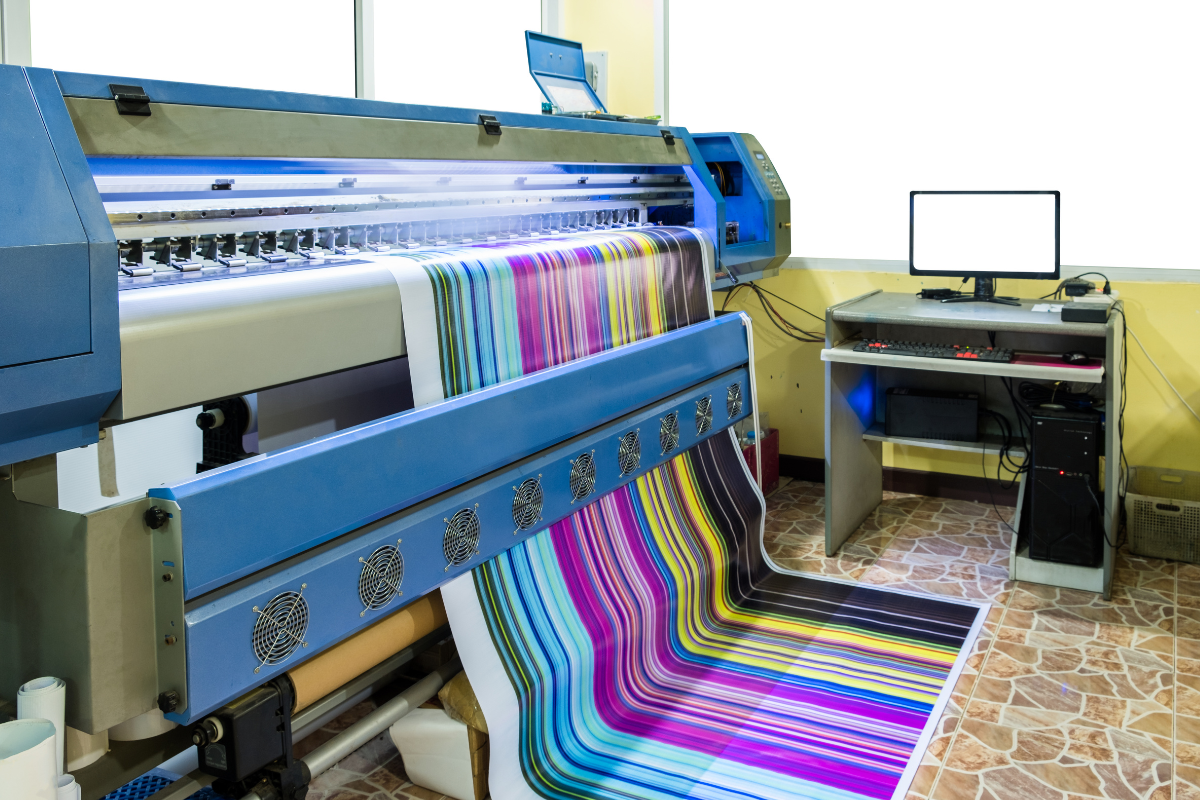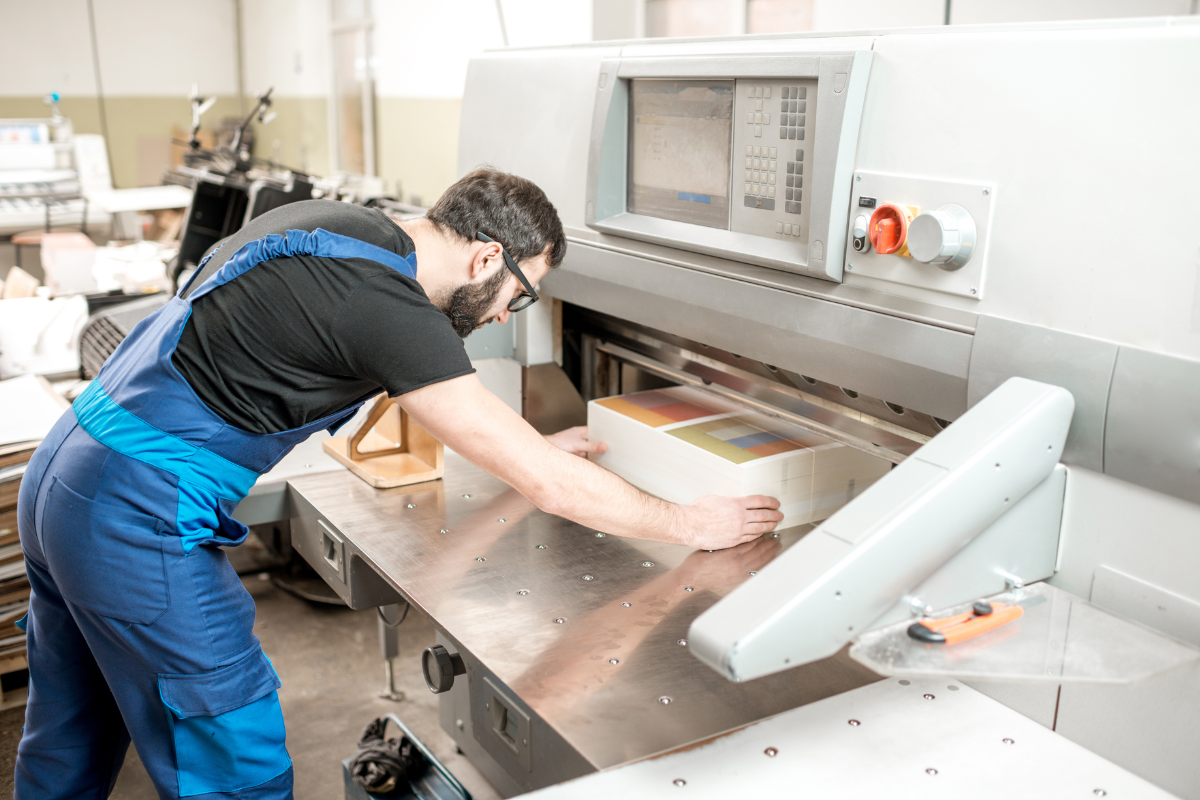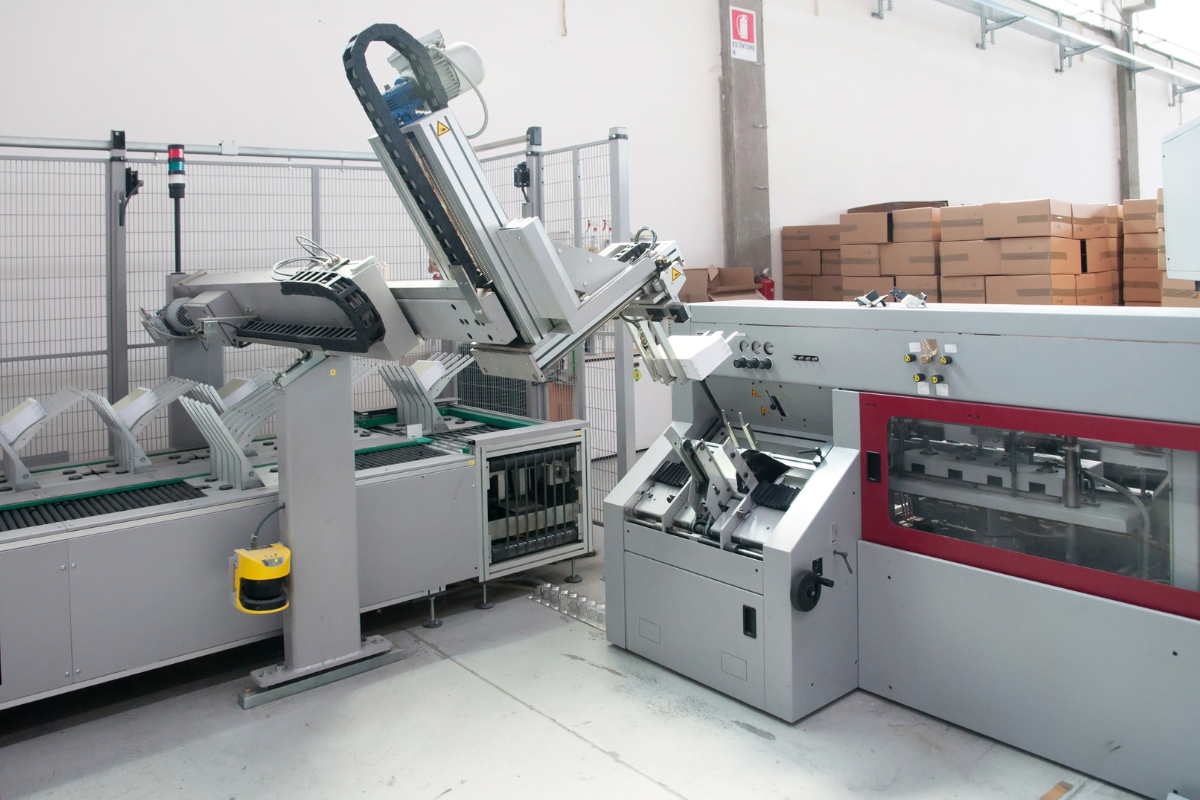In the dynamic world of printing, where creativity meets functionality, the significance of print finishing equipment cannot be overstated.
These sophisticated machines play a pivotal role in transforming raw printed materials into refined, polished products that captivate audiences and leave a lasting impression.
In this article, we’ll embark on a journey through the printing process, exploring the diverse array of print finishing equipment that turns ordinary prints into extraordinary pieces of visual communication.
Understanding The Printing Process
Before delving into the realm of print finishing, it’s essential to understand the broader context of the printing process.
Modern printing typically involves several stages, from the initial design and layout to the actual printing on a press.
However, the magic truly happens in the final stages of print finishing, where the raw, printed sheets undergo transformative processes to become the polished, professional products we encounter in our daily lives.

Cutting Through Precision
One of the first steps in the print finishing journey is cutting. Raw printed sheets often come in larger sizes or on rolls, and cutting equipment is employed to trim them down to the desired dimensions.
Traditional guillotine cutters have evolved into precision cutting machines that can handle large volumes of printed material with accuracy measured in fractions of a millimeter.
This step is crucial for creating uniformity and ensuring the final product meets specific size requirements.
Lamination
Once the sheets are cut to size, lamination equipment comes into play. Lamination involves applying a thin layer of protective material, often plastic, to the printed surface.
This not only enhances the durability of the print by safeguarding it from wear, tear, and environmental factors but also adds a polished and professional finish.
Lamination equipment has evolved to offer various finishes, including matte, gloss, and even textured laminates, allowing for customization based on the desired aesthetic.
Binding Brilliance
After cutting and lamination, printed materials may need to be bound together to form cohesive documents. This is where binding equipment showcases its versatility.
Whether it’s the classic elegance of perfect binding for books, the sturdiness of coil binding for manuals, or the convenience of saddle stitching for magazines, diverse binding machines cater to various needs.
These machines not only bind the materials but also contribute to the overall presentation and functionality of the final product.
Emboss, Deboss, Impress
Moving beyond the functional aspects, print finishing equipment introduces embellishments that elevate printed materials to a new level.
Embossing, debossing, and foil stamping are techniques that add tactile and visual elements to printed pieces.
Embossing raises certain parts of the print, creating a textured effect, while embossing presses images or text into the paper, offering a recessed appearance.
Foil stamping, on the other hand, involves applying a thin layer of metallic or colored foil to specific areas, imparting a luxurious and eye-catching finish.
Automated Efficiency
In recent years, automation has revolutionized the print finishing landscape. Advanced finishing technology incorporates robotics and smart systems that streamline processes, reduce production times, and enhance overall efficiency.
Automated finishing equipment is capable of handling intricate tasks with speed and precision, contributing to increased productivity and cost-effectiveness in the printing industry.
Quality Control
Throughout the print finishing process, quality control measures play a vital role. Inspection and validation processes ensure that each finished piece meets the highest standards in terms of accuracy, consistency, and aesthetics.
From inspecting cut edges for precision to verifying the alignment of embossed elements, quality control is an integral part of print finishing equipment operations.
Sustainability In Print Finishing
As environmental consciousness grows, the print industry is adapting with eco-friendly print finishing solutions.
Sustainable laminates, recyclable materials, and energy-efficient equipment are becoming increasingly prevalent, allowing businesses to make environmentally conscious choices without compromising on quality or aesthetics.

The Marriage Of Print And Digital
In a world where print and digital often coexist, emerging technologies are influencing print finishing.
Augmented reality enhancements, QR code integration, and personalized digital finishes are expanding the possibilities of print, creating immersive and interactive experiences for the audience.
Conclusion
In conclusion, print finishing equipment stands at the intersection of art and science, where precision meets creativity to transform raw printed materials into refined, professional products.
From cutting to lamination, binding to embellishments, the role of these machines is instrumental in shaping the final appearance and quality of printed materials.
As technology advances and sustainability becomes a priority, the future of print finishing holds exciting possibilities, promising a continued evolution of techniques and equipment that redefine the boundaries of print in the digital age.
Ella Marcotte
Latest posts by Ella Marcotte (see all)
- UA vs GA4: The 4 Big Differences You Need To Know - April 26, 2024
- Understanding The Role Of Control Valves In Industrial Automation - April 8, 2024
- How Automation Can Boost Your Business Outcomes - April 4, 2024




